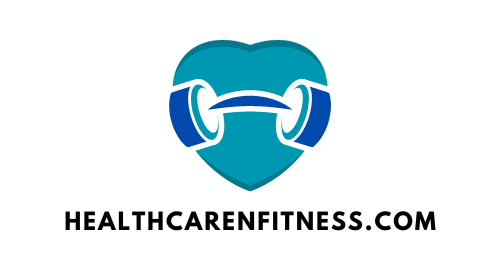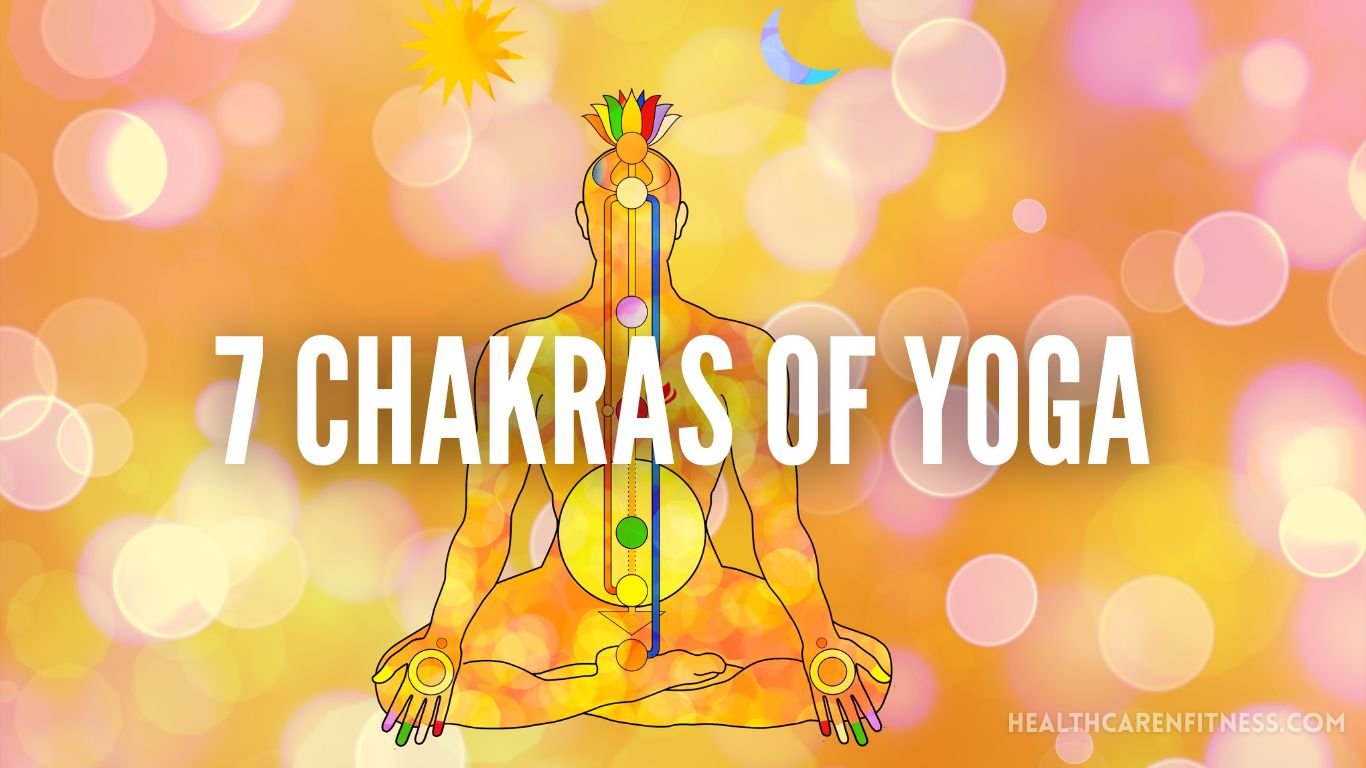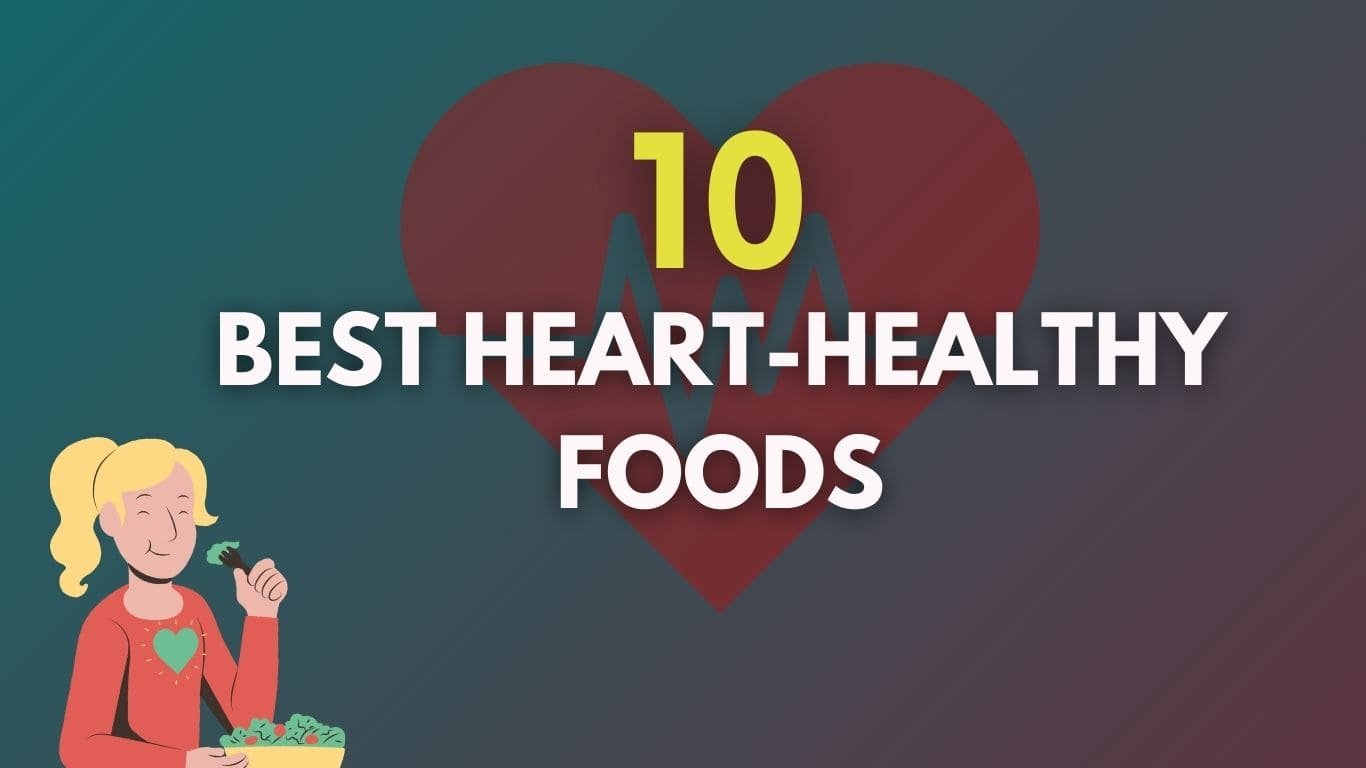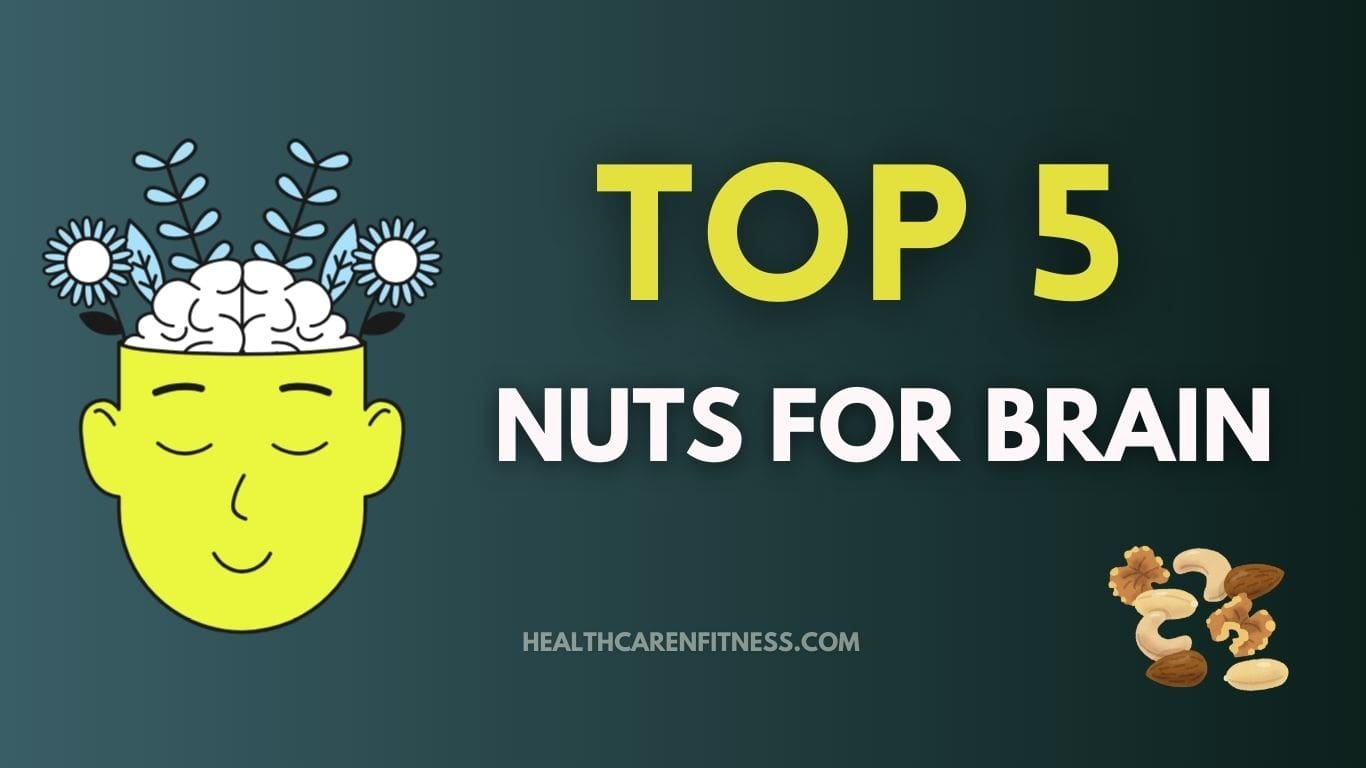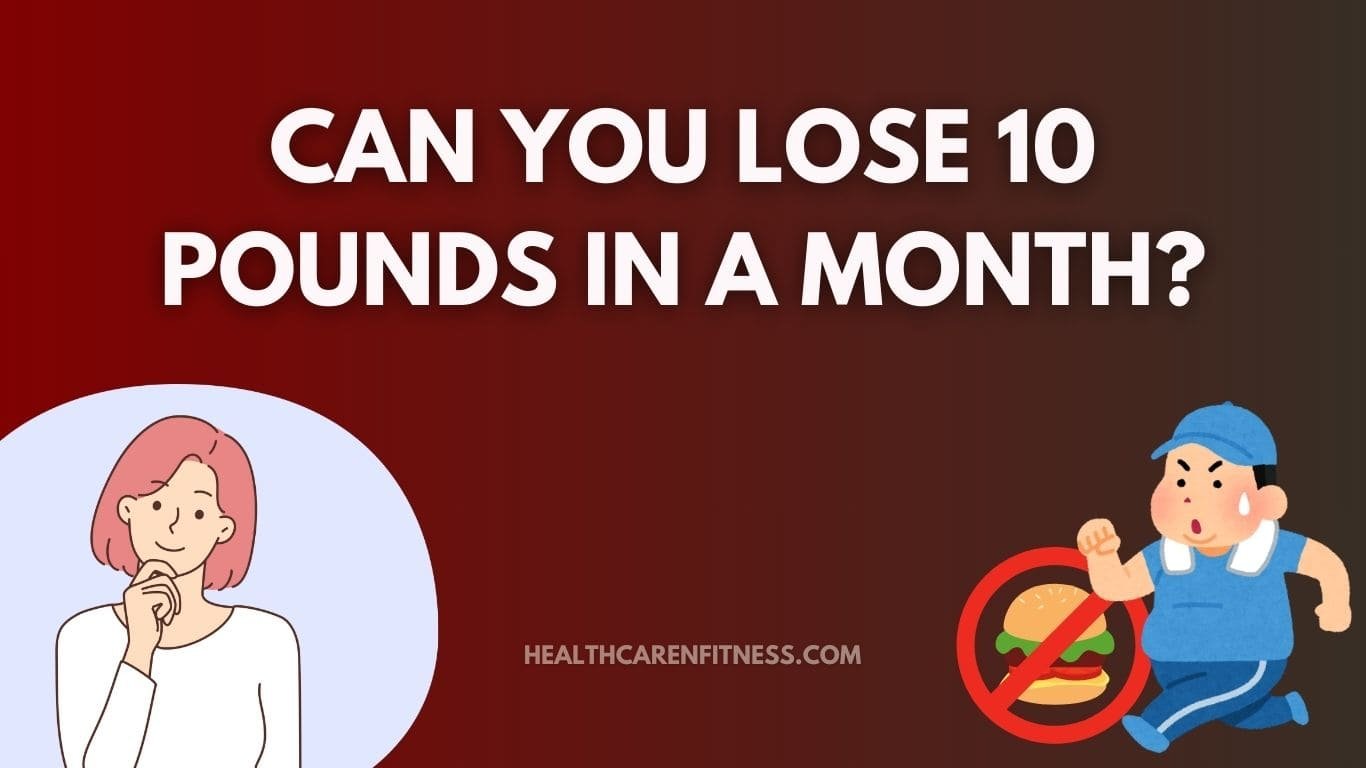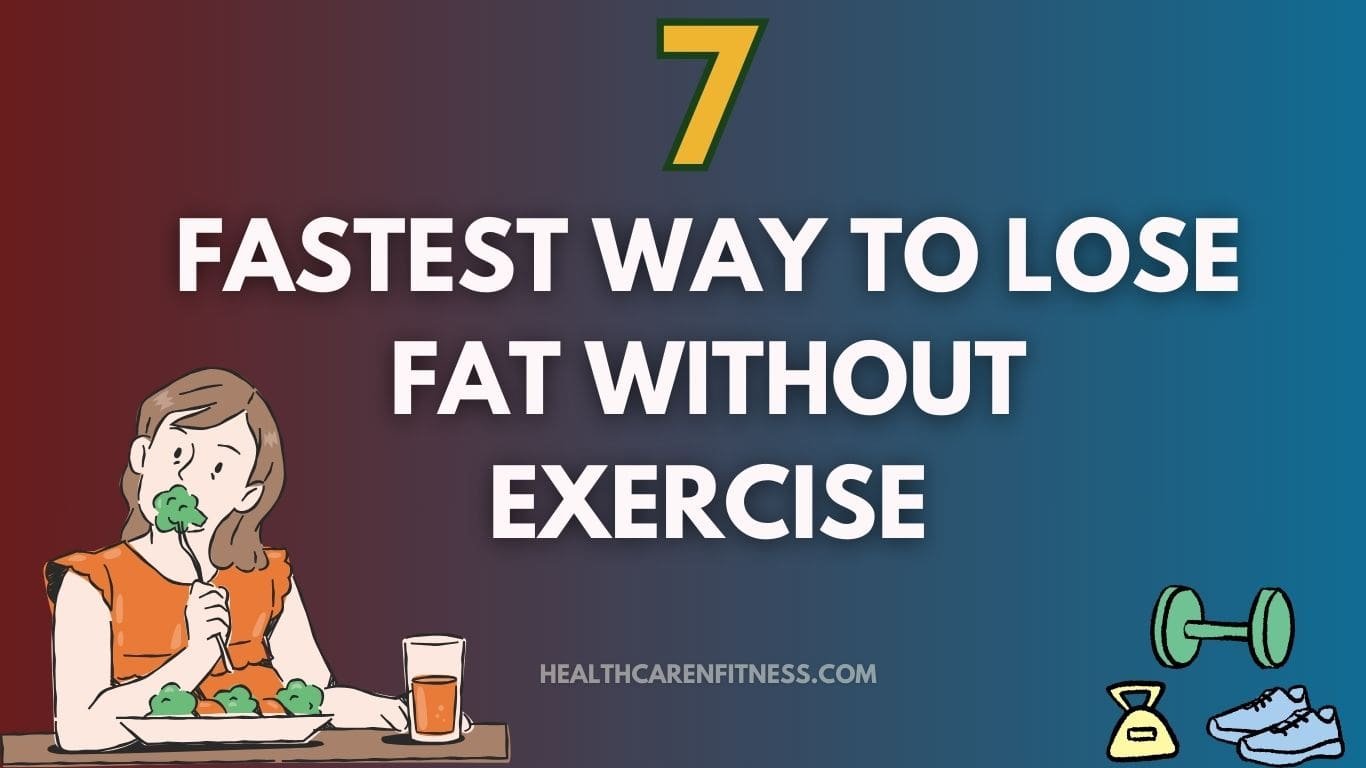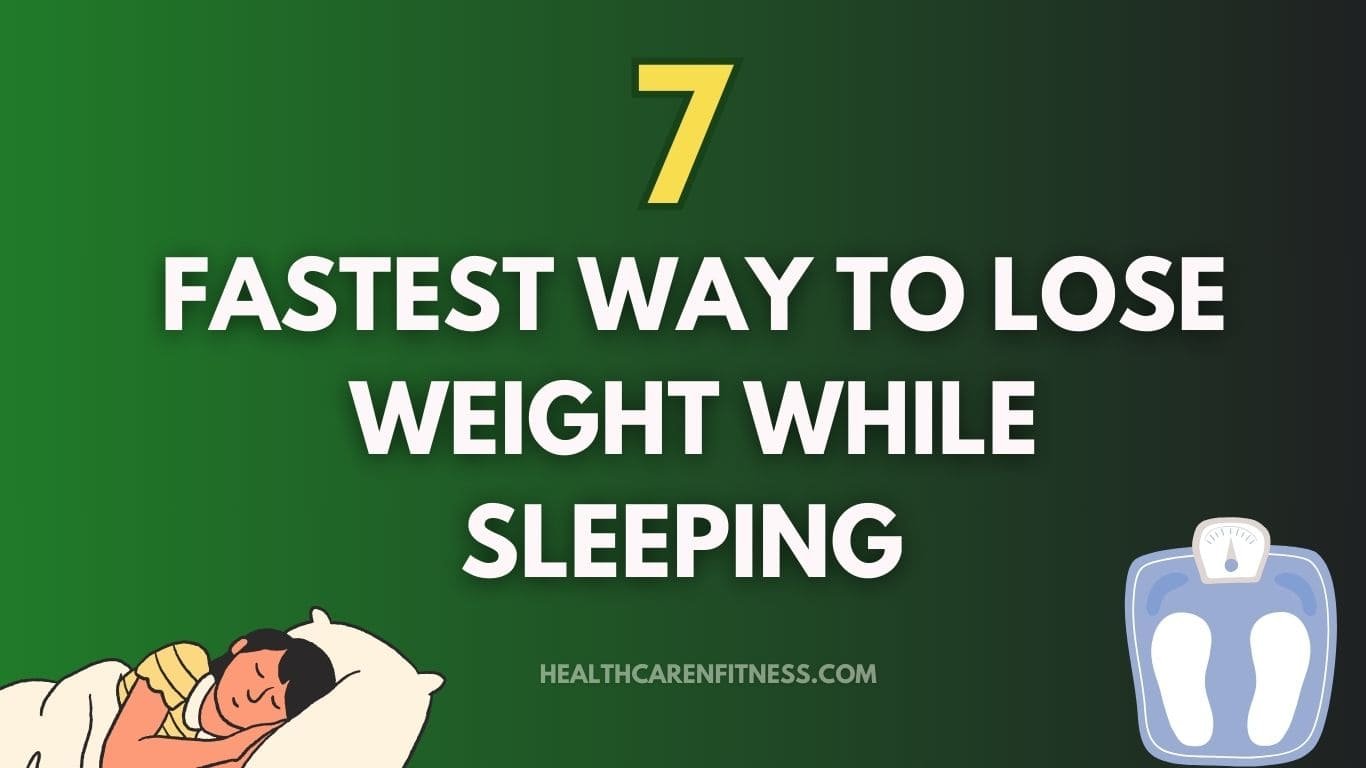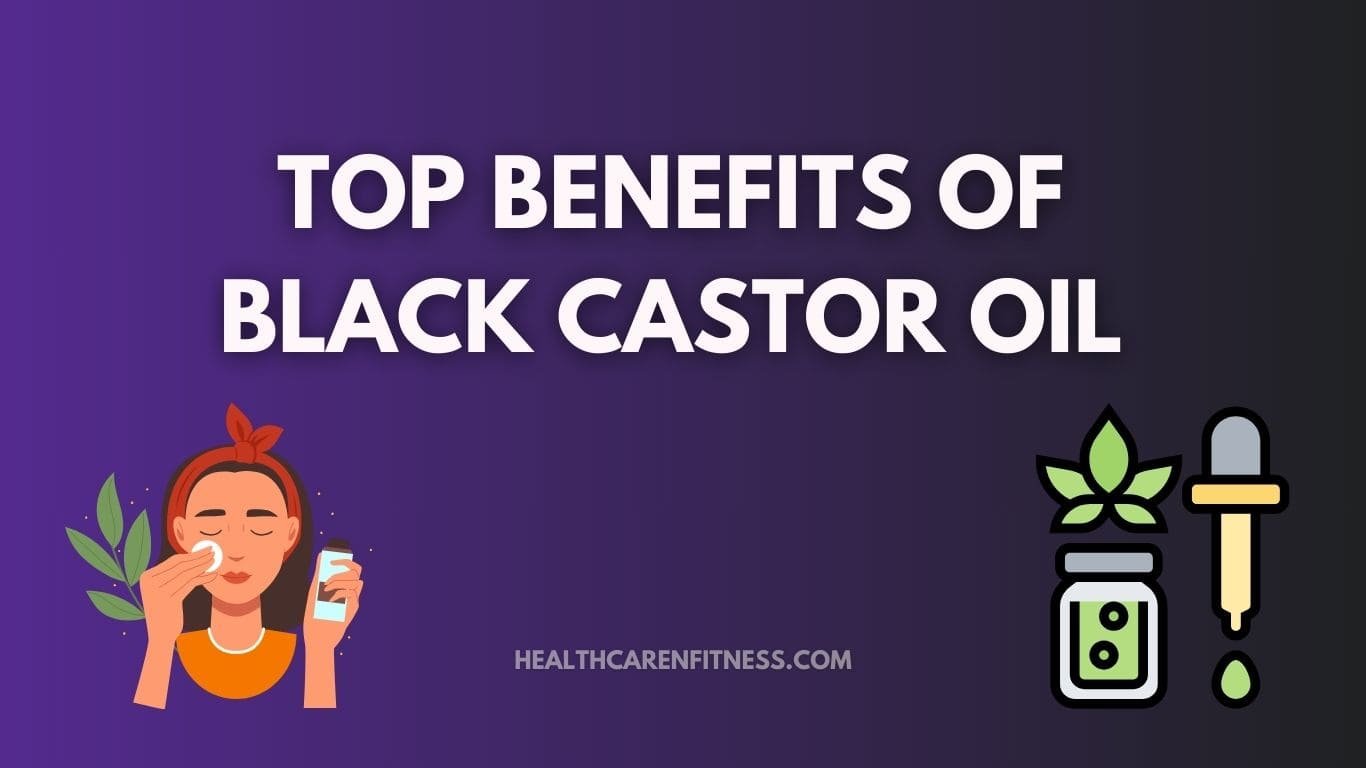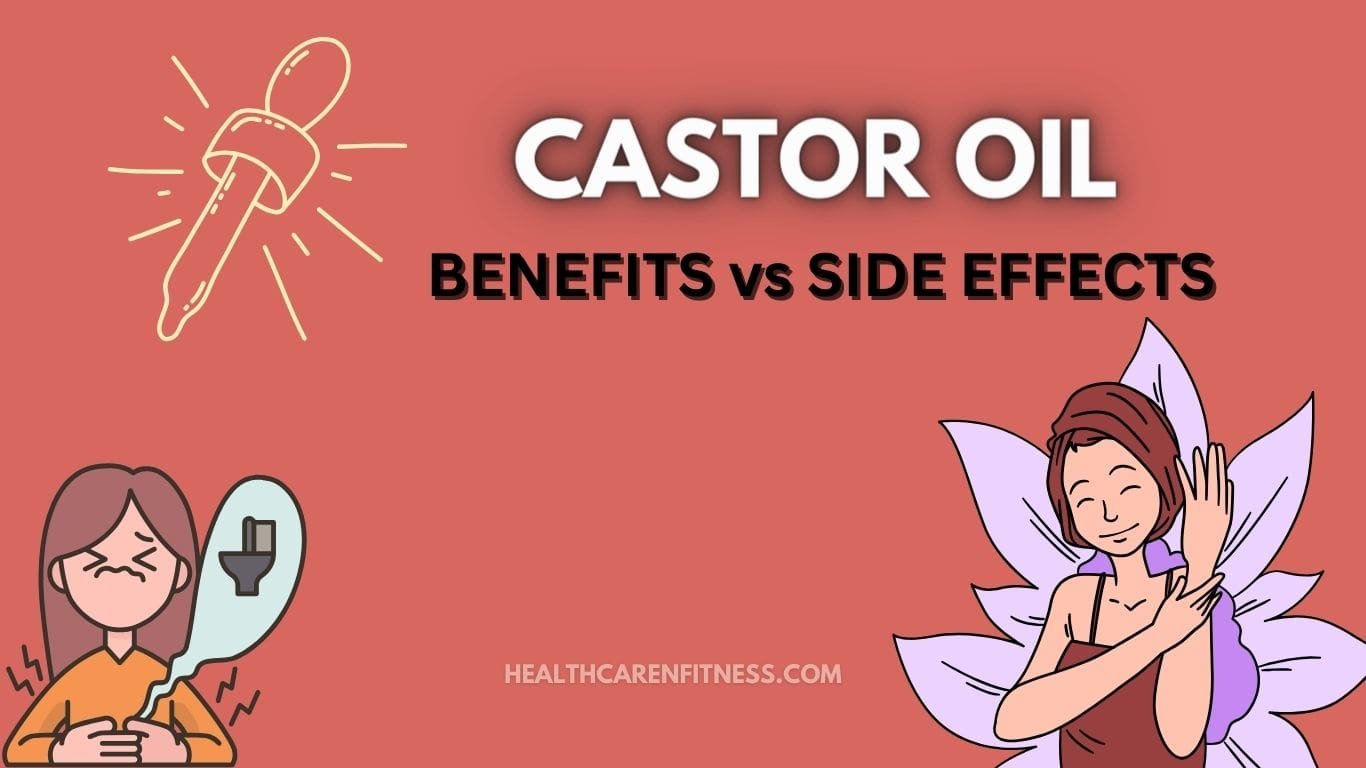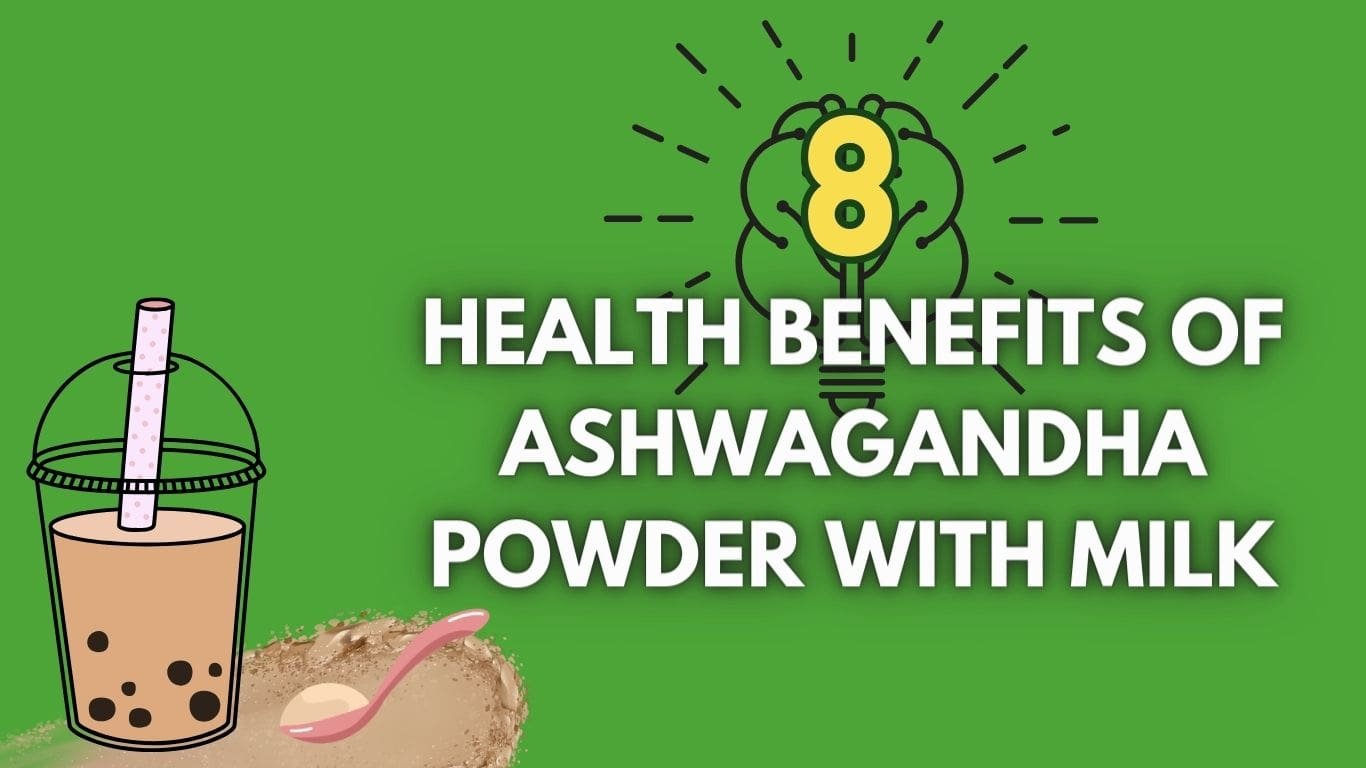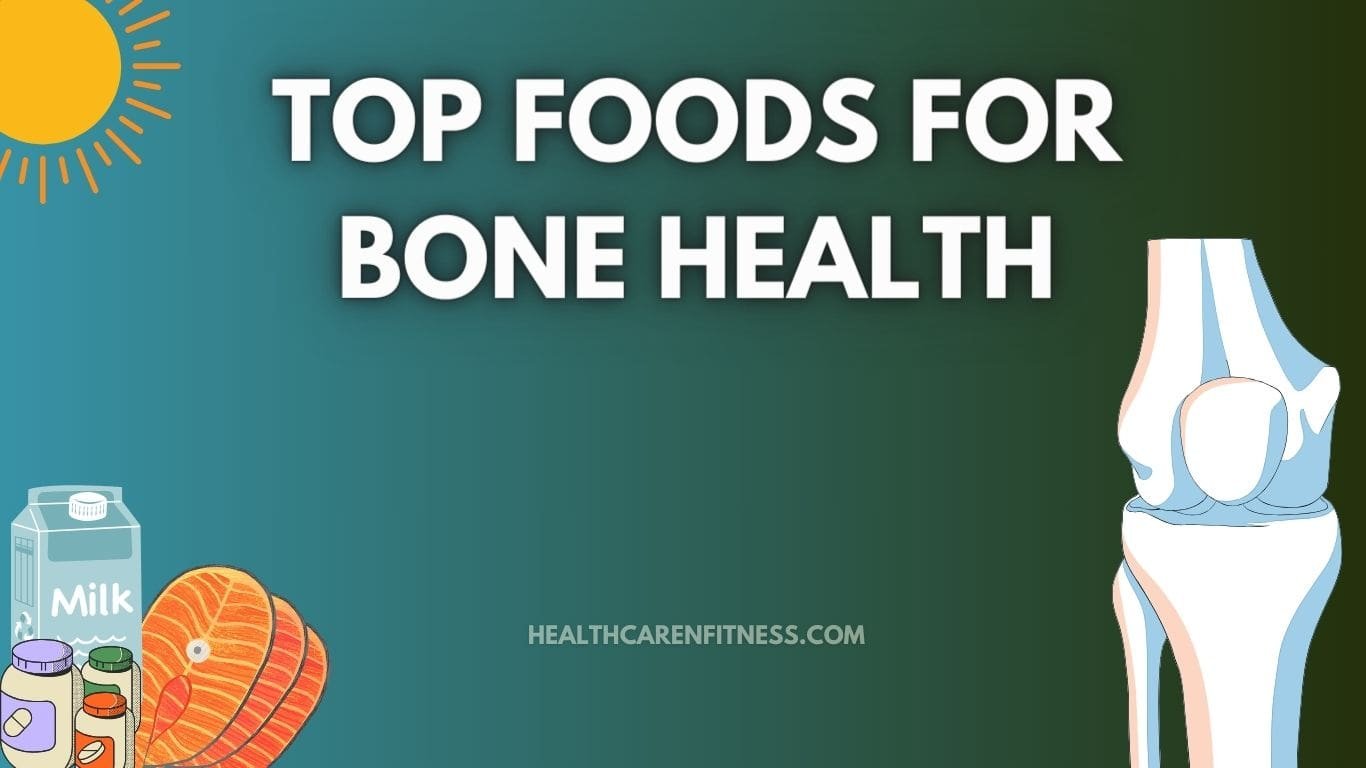7 Chakras of Yoga
When you first dive into the world of yoga, one term that you would come in contact with, is the word – 7 chakras of yoga. While there is no specific or solid definition of what it is? Chakras plays an important role in the yoga philosophy of knowing and learning about oneself. Taking this … Read more
